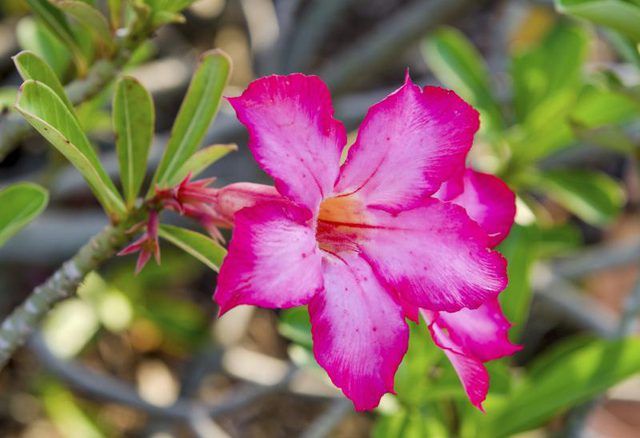Bulbs
Flower Basics
Flower Beds & Specialty Gardens
Flower Garden
Garden Furniture
Garden Gnomes
Garden Seeds
Garden Sheds
Garden Statues
Garden Tools & Supplies
Gardening Basics
Green & Organic
Groundcovers & Vines
Growing Annuals
Growing Basil
Growing Beans
Growing Berries
Growing Blueberries
Growing Cactus
Growing Corn
Growing Cotton
Growing Edibles
Growing Flowers
Growing Garlic
Growing Grapes
Growing Grass
Growing Herbs
Growing Jasmine
Growing Mint
Growing Mushrooms
Orchids
Growing Peanuts
Growing Perennials
Growing Plants
Growing Rosemary
Growing Roses
Growing Strawberries
Growing Sunflowers
Growing Thyme
Growing Tomatoes
Growing Tulips
Growing Vegetables
Herb Basics
Herb Garden
Indoor Growing
Landscaping Basics
Landscaping Patios
Landscaping Plants
Landscaping Shrubs
Landscaping Trees
Landscaping Walks & Pathways
Lawn Basics
Lawn Maintenance
Lawn Mowers
Lawn Ornaments
Lawn Planting
Lawn Tools
Outdoor Growing
Overall Landscape Planning
Pests, Weeds & Problems
Plant Basics
Rock Garden
Rose Garden
Shrubs
Soil
Specialty Gardens
Trees
Vegetable Garden
Yard Maintenance
How to Grow Desert Roses From Seeds
How to Grow Desert Roses From Seeds. Pudgy succulents with oddly inflated stems, leathery leaves and brilliantly colored trumpet-shaped blooms, desert roses (Adenium obesum) are dependably hardy only in U.S. Department of Agriculture plant hardiness zones 10 through 12. Because of this, they generally are grown as potted plants and moved to a...

Pudgy succulents with oddly inflated stems, leathery leaves and brilliantly colored trumpet-shaped blooms, desert roses (Adenium obesum) are dependably hardy only in U.S. Department of Agriculture plant hardiness zones 10 through 12. Because of this, they generally are grown as potted plants and moved to a protected spot during their winter dormant period. Although desert roses can be started from seed at any time of year, they grow most vigorously if sown in spring or summer. Take care when handling the plants as all parts of them are poisonous and their sap may cause skin irritation.
Understanding Desert Rose Propagation
When acquiring desert rose seeds, keep in mind they are harvested from hybrid cultivars which themselves have been cross-pollinated. This means the flowers produced by the seedlings won't be identical to those on the mother plant.
Your desert rose plant won’t look the same as a commercially propagated one, either. Most of those have been grafted onto vigorous root stocks. That allows them to bloom earlier and at shorter heights than seedlings do. Seedlings usually won’t flower until they are between 6 months and 2 years old.
On the positive side, they are less likely to be affected by viruses and often produce an impressively chubby above-ground caudex -- basal stem -- while the caudex of grafted plants usually remains out of sight below the soil. Also, your seedlings will be unique and one of a kind.
Sow Desert Rose Seeds
Desert rose seeds require a fast-draining medium to allow them to germinate without damping off. Choose a container with drainage holes and fill it to within 3/4 inch of its rim with a mixture of 1 part seed-sowing mix combined with 2 parts coarse sand or perlite. Alternatively, you can use 1 part cactus potting soil and 1 part perlite.
After immersing the seeds in warm water for two to four hours, sow them horizontally 1 to 2 inches apart on top of the mix and bury them under a thin coating -- no more than 1/4 inch -- of that mix. Place the container in a dishpan that contains about 1 inch of water, to which has been added a fungicidal microorganism such as Streptomyces lydicus, at the rate of 1/2 teaspoon of the powder for each 1 gallon of water. Remove the container from the dishpan after it has drawn up enough moisture that the surface of the mix is damp.
After covering the container with plastic wrap, set it on a seedling heat mat which raises the soil temperature to 85 degrees Fahrenheit. If you position the mat and pot under a grow light, and keep the mix lightly damp, the seeds should germinate within seven to 21 days. Reapply the fungicide in the same manner once every two weeks for a month or so after you plant the seeds, to help prevent damping-off in the seedlings.
Raise Desert Rose Seedlings
Fertilize the seedlings once every two weeks, using half the amount recommended for indoor plants. For a standard water-soluble fertilizer, such as 20-20-20, mix 1/2 teaspoon of crystals into 1 gallon of water. For an organic fish and seaweed variety, such as 3-3-2, combine 1 tablespoon of the solution with each 1 gallon of water.
When the seedlings have six true leaves in addition to their bottom pair of seed leaves, transplant them into individual seedling pots. Use pots that have drainage holes. Fill those pots with a mix of 1 part cactus potting soil and 1 part perlite, pumice or fine gravel.
Move Desert Rose Outdoors
Keep the plants under the grow lights until all danger of frost has passed in spring, after which you can move them outdoors, starting them in the shade and exposing them gradually to more sun. This prevents burning the leaves. In most climates desert roses should be given as much sun as possible. In especially bright desert areas, aim for filtered sun or morning sun only.
If you wish to plant the seedlings in the ground in USDA zones 10 through 12, place them 2 feet apart in well-draining soil or in a raised bed filled with a combination of 1 part topsoil and 3 parts of sand. From spring through summer, water in-ground or potted plants when their soil is dry about 1 to 2 inches beneath the surface.
If using the standard 20-20-20 fertilizer, increase its amount to half strength for outdoor plants, at 1 1/2 teaspoons of crystals for each 1 gallon of water every two weeks. Up the organic 3-3-2 variety to 3 tablespoons of solution in 1 gallon of water at the same intervals.